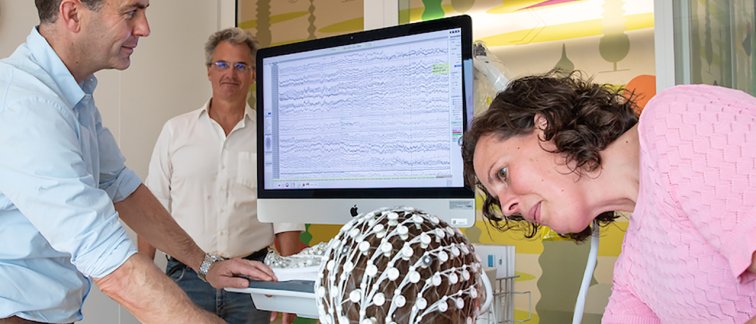Functional brain measure incorporation
Autism spectrum disorder (ASD) is a heterogeneous group of neurodevelopmental disorders. Some forms require medicine to cope with severe social, sensory, and affective symptoms. However, drug intervention is often accompanied by extensive variability in treatment responses. The incorporation of functional brain measures related to the mechanistic effects might help successful application. Therefore, the study of Linkerkauer-Hansen, Bruining and colleagues incorporated quantitative EEG before and after ASD medication treatment.
EEG measurements
Several EEG measures before and after 91-days bumetanide treatment in this autism medication study were taken. Alpha-frequency band absolute and relative power, long-range temporal correlations, and excitation/inhibition ratio (fE/I) treatment effects were related to the repetitive behaviour scale-revised (RBS-R) and the social responsiveness scale-2 as clinical outcomes. They found superior bumetanide effects on the EEG as seen by increased absolute and relative alpha power, and fE/I and a decreased central frequency.
Repurposing bumetanide
Bumetanide might thus enter the brain sufficiently to alter both power and network-level E/I ratio of neuronal oscillations after 1,5 months of treatment, based on the observed EEG effects of this study. Changes in brain activity after bumetanide were related to improvement in repetitive behaviour in more responsive subsets, in whom prediction of improvement were feasible by implementing pre-treatment EEG and clinical severity in machine-learning analysis.
Read the publication in Biological Psychiatry: Prediction of Behavioral Improvement Through Resting-State Electroencephalography and Clinical Severity in a Randomized Controlled Trial Testing Bumetanide in Autism Spectrum Disorder
Interested? Read more:
- Amsterdam UMC (in Dutch)
- De Volkskrant, November 2021 (in Dutch)
- Nieuwsuur, November 2021 (in Dutch)

